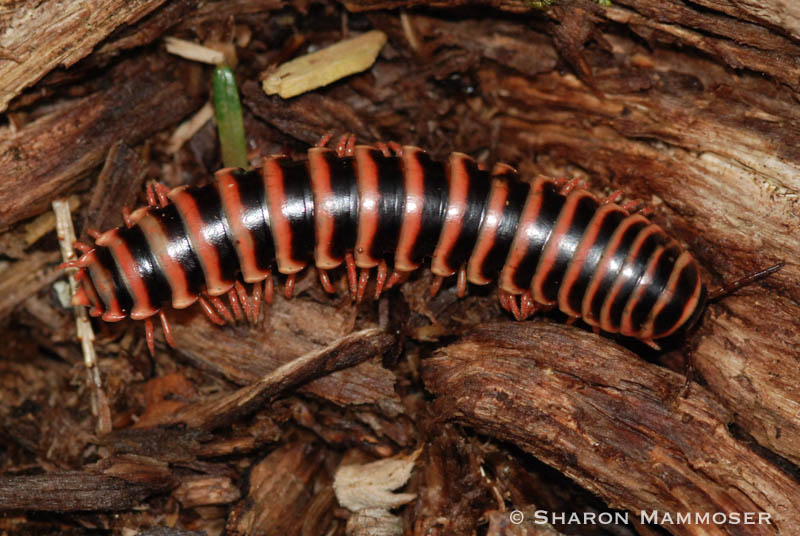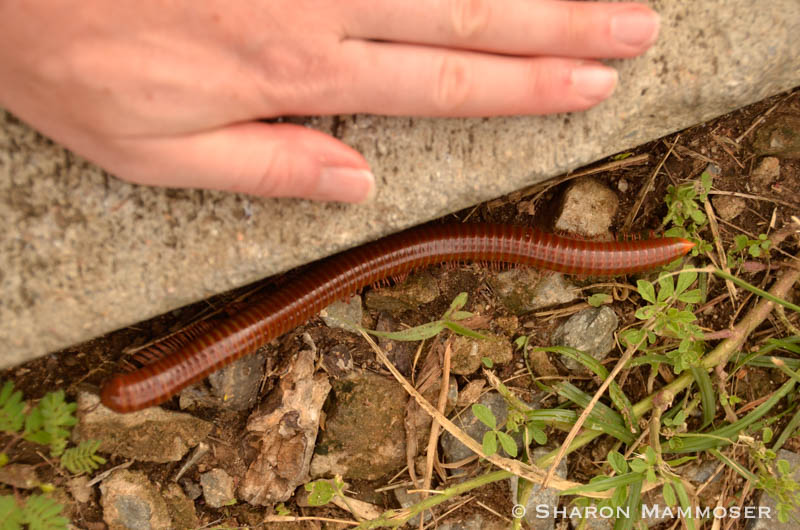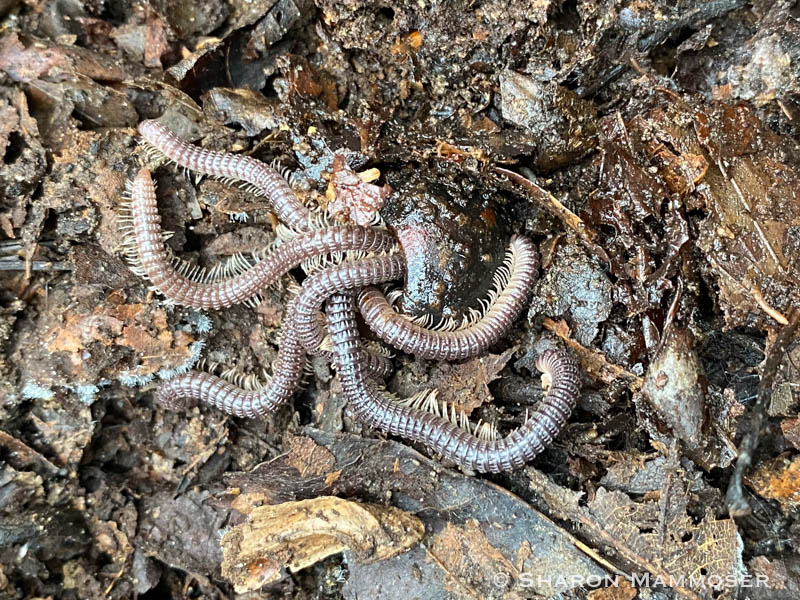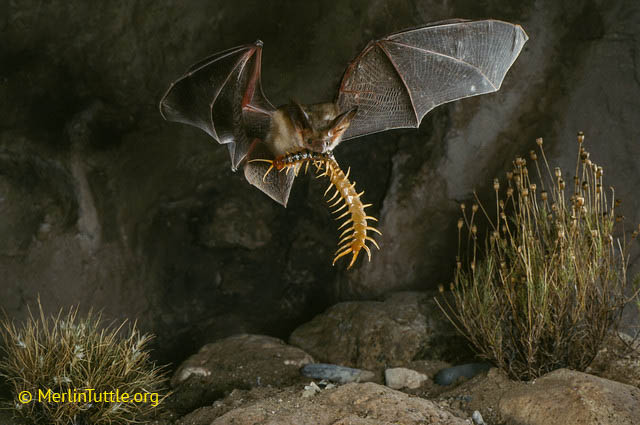Someone once asked me what kind of caterpillar this was. It is easy to see how it could be mistaken for a caterpillar as both have long bodies and lots of legs. But the many-legged, yellow and black creature from last week’s puzzler is not a caterpillar, but a Millipede.
This yellow flat-backed millipede, Cherokia georgiana, is one of 1400 species of Millipedes that live in North America. In the world there are 7000 species of Millipedes. All Millipedes have two legs per body segment, compared to Centipedes who have only one pair per segment. No millipedes have 1000 legs as is sometimes suggested. The most legs of any Millipede is 700 and they can range greatly in size from just under an inch all the way up to 5 inches in length.
Most Millipedes have poor eyesight and feed on decaying matter in the leaf litter. Millipedes do not bite or sting. Some are capable of emitting a very foul smelling and terrible tasting chemical that causes a potential predator to leave them alone. To protect themselves, especially their softer undersides, they will often curl into a tight, spiral ball.
Something interesting I learned in researching Millipedes is that when they hatch–most are born from eggs, though a few species give birth to live young–they only have 3 pair of legs. Then, with each molt, they gain another body segment and two more pairs of legs.
Here are some other kinds of Millipedes. Have you noticed any of these crawling through the leaf litter on a trail near you?




In contrast, check out this image of a centipede that was snagged by a Pallid Bat –taken by World-renowned Bat Biologist and Photographer, and my friend, Merlin Tuttle. Notice that each segment has only one pair of legs, not two like the Millipede. You can learn more about Merlin Tuttle and bats at Merlin’s website, MerlinTuttle.org.

Ready for another puzzler? We’re switching gears to do a kind of tree I noticed recently in South Carolina with very unusual maroon flowers. Check it out!


